
The first cabinet of Petru Groza was the government of Romania from 6 March 1945 to 30 November 1946. It was Romania's first Communist-led government. World War II ended during this government.

The first cabinet of Petru Groza was the government of Romania from 6 March 1945 to 30 November 1946. It was Romania's first Communist-led government. World War II ended during this government.
The ministers of the cabinet were as follows: [1]

Gheorghe I. Tătărescu was a Romanian politician who served twice as Prime Minister of Romania, three times as Minister of Foreign Affairs and once as Minister of War (1934). Representing the "young liberals" faction inside the National Liberal Party (PNL), Tătărescu began his political career as a collaborator of Ion G. Duca, becoming noted for his anticommunism and, in time, for his conflicts with the PNL's leader Dinu Brătianu and the Foreign Minister Nicolae Titulescu. During his first time in office, he moved closer to King Carol II and led an ambivalent policy toward the fascist Iron Guard and ultimately becoming instrumental in establishing the authoritarian and corporatist regime around the National Renaissance Front. In 1940, he accepted the cession of Bessarabia and Northern Bukovina to the Soviet Union and had to resign.
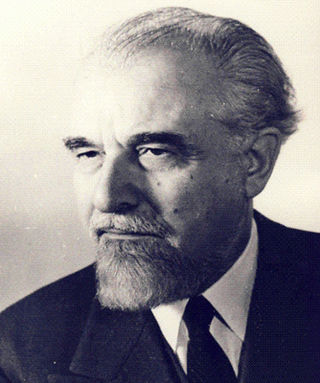
Ștefan Voitec was a Romanian Marxist journalist and politician who held important positions in the state apparatus of Communist Romania. Debuting as a member of the Socialist Party of Romania in his late teens, he formed the Socialist Workers Party of Romania, then the United Socialist Party, while also engaging in human rights activism and advocating prison reform. The mid 1930s brought him into contact with the Romanian Communist Party, with whom he formed tactical alliances; however, he rejected its political line, and was for a while known as a Trotskyist. In 1939, he joined the consolidated Social Democratic Party, which reunited various socialist groups outlawed by the National Renaissance Front. During World War II, despite ostensibly withdrawing form political life to do research, Voitec served as the party's Secretary and joined the anti-fascist underground. Some reports suggest that he was also a committed anti-communist, critical of the Soviet Union to the point on endorsing war in the East. As a war correspondent, Voitec made contributions to Nazi propaganda, an issue which made him vulnerable to blackmail in later decades.
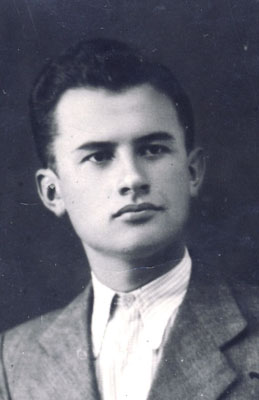
Ion Vincze was a Romanian communist politician and diplomat. An activist of the Romanian Communist Party (PCR), he was married to Constanța Crăciun, herself a prominent member of the party.

The Democratic Liberal Party was a liberal-conservative political party in Romania. The party was formed on 15 December 2007, when the Democratic Party (PD) merged with the Liberal Democratic Party (PLD). On 17 November 2014 the PDL officially merged into the National Liberal Party (PNL), ceasing to exist. The PDL was associated with Traian Băsescu, who was previously leader of the PD and President of Romania from 2004 to 2014.

The National Popular Party was an antifascist political party in Romania, founded during World War II as the underground Union of Patriots. The latter had defined itself as a spontaneous movement of resistance to the dictatorial regime of Ion Antonescu, but was largely known as a front for the illegal Romanian Communist Party. Its founders—Dumitru Bagdasar, Gheorghe Vlădescu-Răcoasa, Simion Stoilow—were closely cooperating with PCdR men, but also with liberal opposition forces. Repressed by the authorities, the UP made a comeback after the pro-Allied August 23 Coup of 1944, when it endured as a small ally of the communists—mostly controlled directly by them, but sometimes rebellious.

The second cabinet of Alexandru Averescu was the government of Romania from 13 March 1920 to 16 December 1921.

The third cabinet of Alexandru Averescu was the government of Romania from 30 March 1926 to 4 June 1927.

The fifth cabinet of Gheorghe Tătărăscu was the government of Romania from 24 November 1939 to 10 May 1940. The government resigned on 10 May 1940, but King Carol II asked Tătărăscu to form a new government.
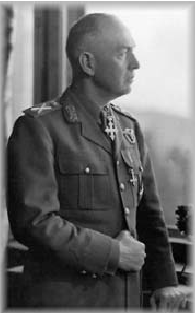
The third cabinet of Ion Antonescu was the government of Romania from 27 January 1941 to 23 August 1944. On 22 June 1941, Romania entered World War II on the side of the Axis powers and invaded the Soviet Union.

The second cabinet of Constantin Sănătescu was the government of Romania from 4 November to 5 December 1944.

The cabinet of Nicolae Rădescu was the government of Romania from 6 December 1944 to 28 February 1945. It was the last non-Communist government of Romania until the Romanian Revolution.
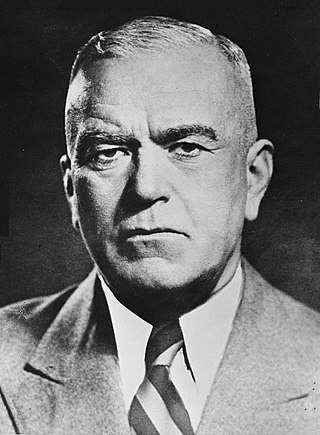
The second cabinet of Petru Groza was the government of Romania from 1 December 1946 to 30 December 1947. This was the last government of the Kingdom of Romania.

The fourth cabinet of Petru Groza was the government of Romania from 15 April 1948 to 2 June 1952.
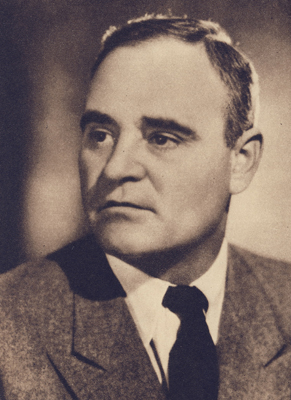
The second cabinet of Gheorghe Gheorghiu-Dej was the government of Romania from 28 January 1953 to 4 October 1955.
Events from the year 1945 in Romania. The year saw the end of Romania's involvement in the Second World War and the foundation of the pro-Communist government of Petru Groza.

Petre Constantinescu-Iași was a Romanian historian, academic and communist politician.